Are you planning to buy a new Hyundai Tucson, and you’re wondering if any of its trims feature a CVT transmission? Wonder no more, for we’ve researched this question and have the answer for you right here.
Unfortunately, none of Hyundai Tucson’s model years or trims ever featured a CVT transmission. Instead, Hyundai partners an 8-speed transmission with the Tucson's standard 4-cylinder engine.
However, there were at least six Hyundai vehicles that had CVT in one or more of their model years and trims. Find out more about them and more about CVT in the succeeding sections. Read on!
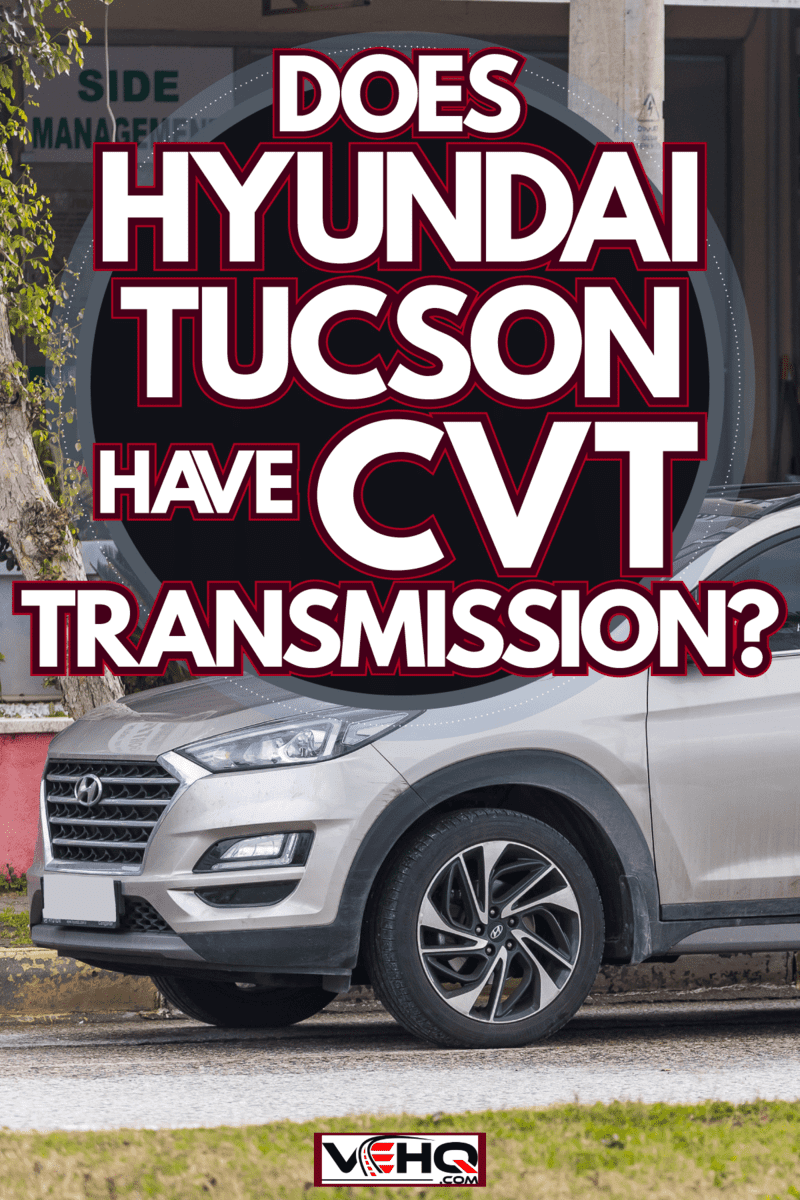
What is Hyundai IVT?
Smart Stream Intelligent Variable Transmission or IVT is Hyundai’s version of CVT. An IVT performs the same way as a CVT—continuously shifting while you drive.
An IVT uses a pulley-type CVT—the most common type of CVT implementation. In a pulley-type CVT, two variable-diameter pulleys are connected by a chain belt.
The effective diameter of the pulley goes down when the two cone-shaped halves are pulled farther apart. The effective diameter goes up when the distance between the two cone-shaped halves goes down.
The IVT system uses a more reliable steel chain that is maintenance-free. It is also more responsive compared to a regular automatic transmission.
What is CVT?
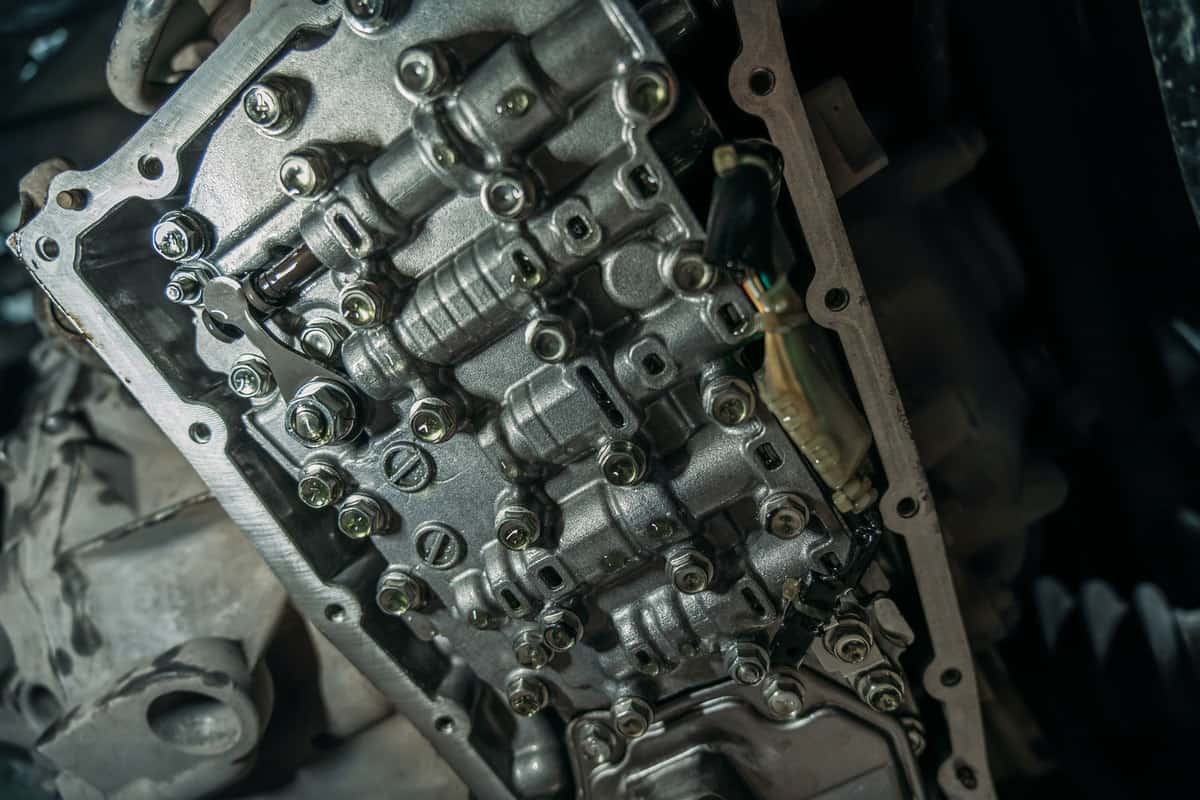
CVT stands for continuously variable transmission. It is a type of automatic transmission that can make uninterrupted gear changes through a continuous range of gear ratios. This is an improvement versus traditional automatic transmission that has a limited number of gear ratios.
A 5-speed automatic transmission has only five gear ratios, while an 8-speed automatic transmission has only eight.
There are many types of CVT engines. Their differences lie in how they implement the concept of being able to continuously change the gear ratio without interruption and without a limited number of gear ratios.
CVT technology is ideal when used with lighter and smaller vehicles like cars or compact SUVs.
What are the advantages of CVT?
The biggest advantage of CVT is fuel economy. A car with a CVT transmission has better gas mileage than one equipped with a regular automatic transmission.
Because CVT cars do not use gears inside their transmission boxes, shifting gears with CVT is smoother. Smoother gear shifting eliminates the jerky feeling when the gear changes, often associated with automatic transmission.
Since CVT doesn’t use gears to shift, it has fewer parts, and fewer parts mean that CVT cars are lighter. The lighter weight contributes to better mileage and less wear on some car parts.
What are the disadvantages of CVT?
The current CVT technology is relatively young, and it may not provide the trouble-free service that automatic transmissions generally provide.
Maintenance of CVT transmission is also more expensive than a regular automatic transmission because changing the oil and flushing the system can be twice as often compared to a regular automatic transmission.
CVTs may have fewer parts to operate, but its common point of failure is the chain that connects the pulleys. And repairing a failed CVT can be very expensive because it cannot be rebuilt as automatic transmission are.
Additionally, cars equipped with CVT have experienced a lot of factory recalls over the years. CVT systems (based on the experience of manufacturers like Nissan) become more prone to mechanical problems when paired with engines that have high horsepower outputs.
Which Hyundai cars use CVT?
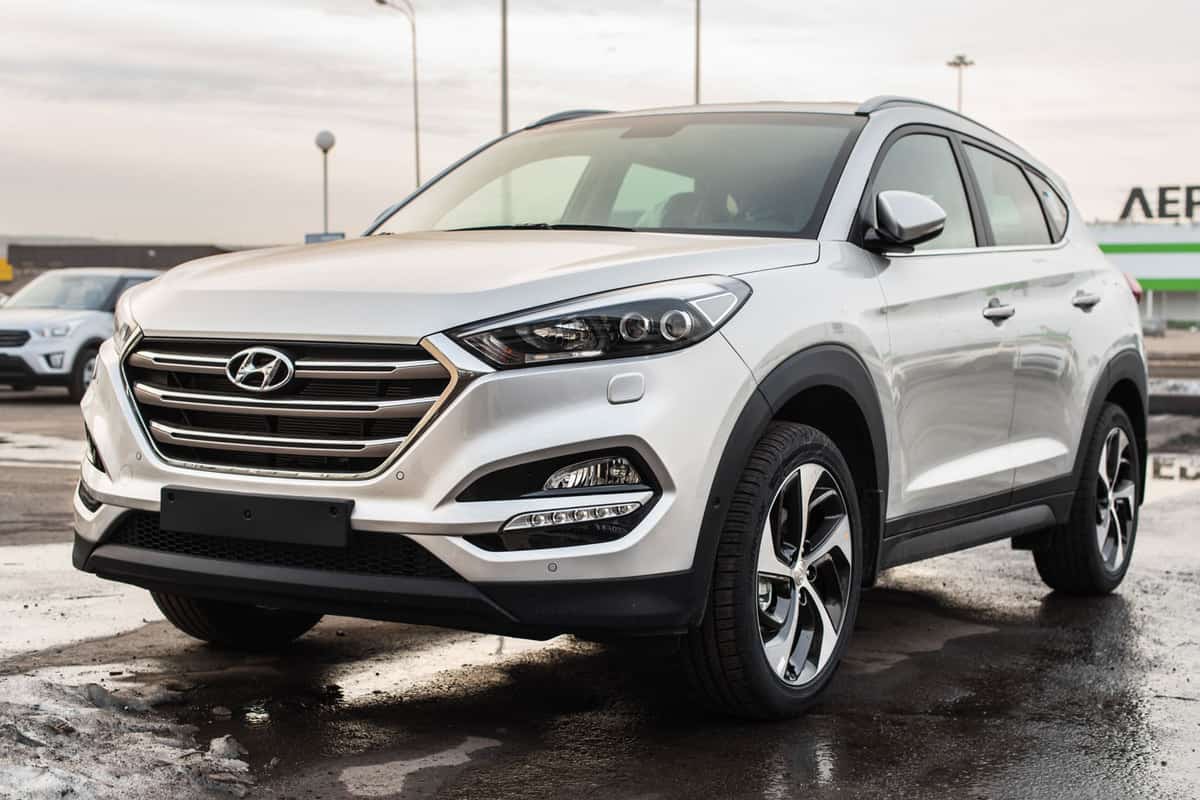
The following Hyundai vehicles and trims use the CVT transmission.
Hyundai Accent
The Hyundai Accent is a subcompact car. It is called the Hyundai Excel during its first generation in Australia.
Hyundai Accent SE started to offer the option of installing a CVT transmission or a 6-speed manual transmission in its 2020 model year. Hyundai Accent SEL and Hyundai Accent Limited were sold only with a CVT transmission starting in 2020.
The CVT transmission was paired with a 1.6-liter inline-4 gasoline engine that can generate 120 hp at 6,300 rpm and 113 lb-ft of torque at 4,500 rpm.
This trend continued until 2021. This marked the last year that Hyundai Accent offered the option to install a manual transmission. In 2022, all three Hyundai Accent trims are available only in the CVT transmission.
Hyundai Creta
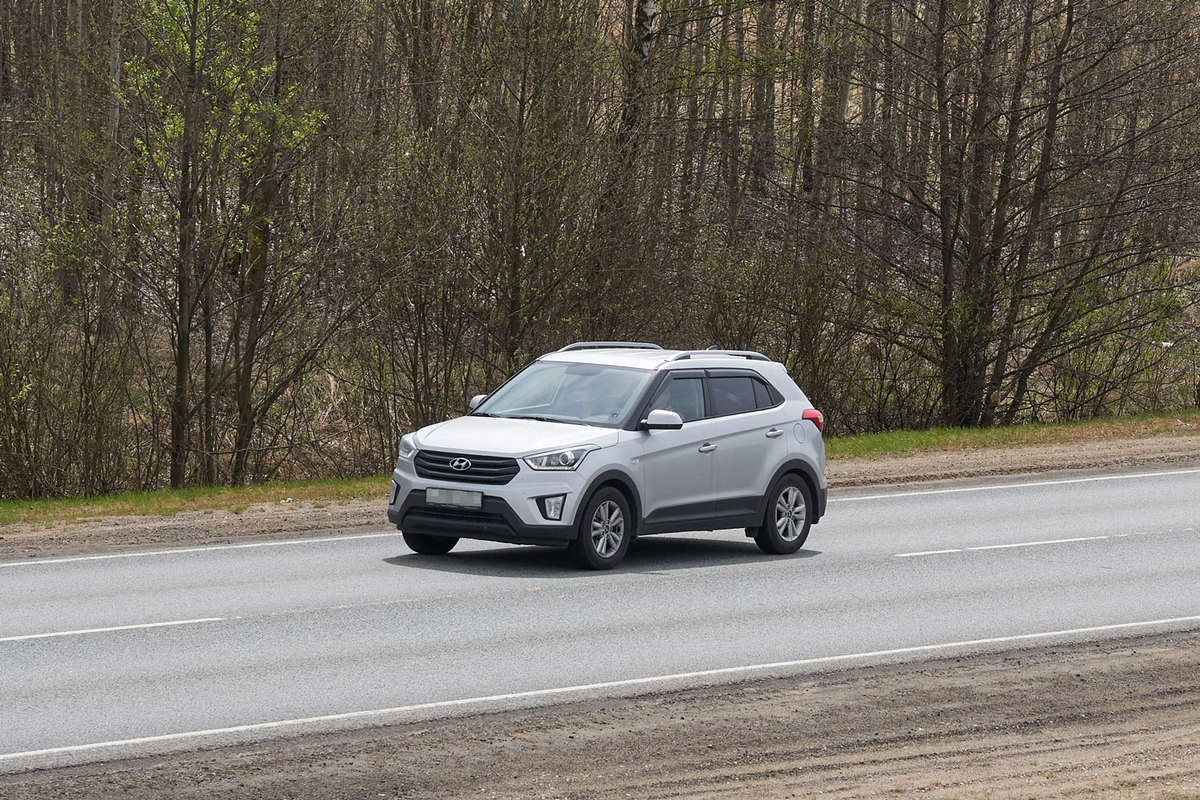
Hyundai Creta is a subcompact crossover SUV sold by Hyundai in BRICS (Brazil, Russia, India, China, and South Africa) markets. It was the third best-selling Hyundai model globally since 2019.
Hyundai Creta started to offer the option to install a CVT transmission with the release of its second-generation in 2019. It was paired with the SmartStream G1.5 MPi engine.
It can get from 0 to 62 mph in 12.2 seconds with the manual transmission on the same engine. On the CVT transmission and the same engine, it can get from 0 to 62 mph in 12 seconds.
Hyundai Elantra
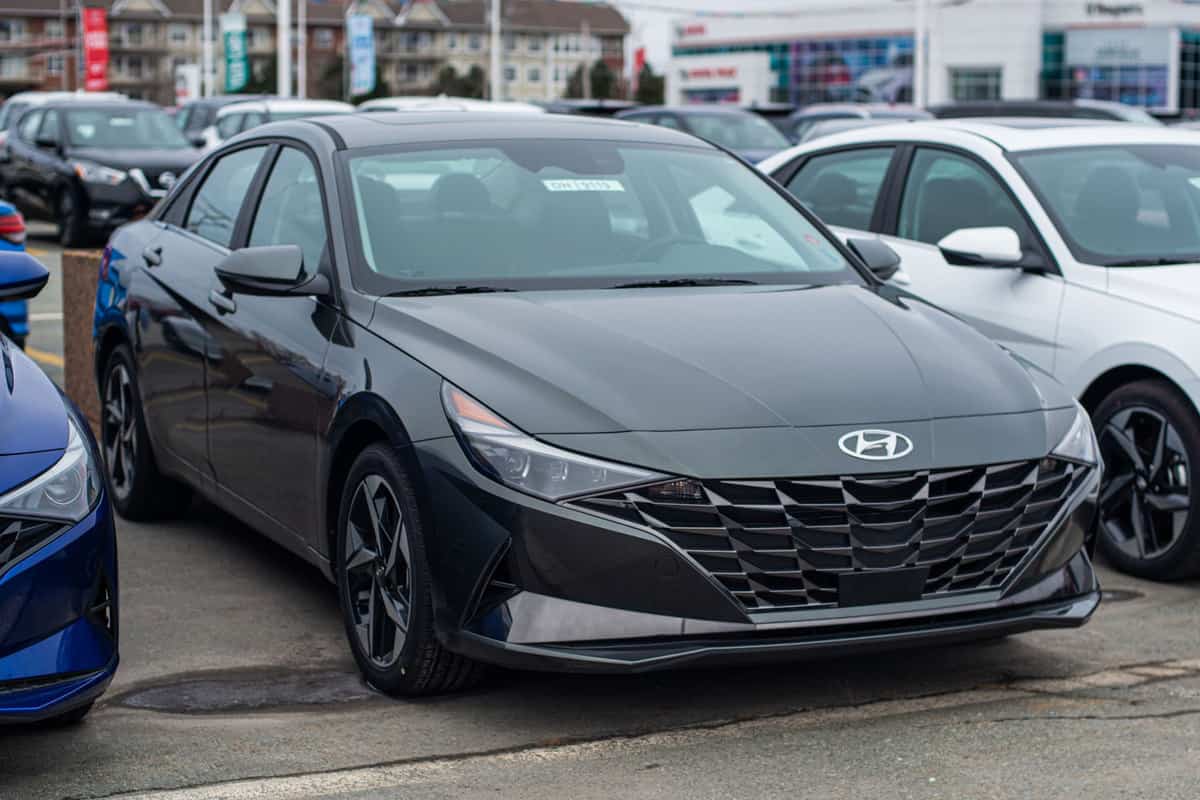
The Hyundai Elantra model is a compact car. In addition to the standard Hyundai Elantra, it also comes in the Hyundai Elantra GT version and the Hyundai Elantra N version.
Hyundai Elantra GT was discontinued in 2020, while Hyundai Elantra N was released in 2022. Neither of these two versions ever had CVT options.
Hyundai Elantra started to use CVT transmission in its trims in 2020. Of its six trims, only the Hyundai Elantra ECO and Hyundai Elantra Sport did not come with a CVT transmission.
The CVT transmission was paired with a 2.0-liter inline-4 gasoline engine that can produce 147 hp at 6,200 rpm and 132 lb-ft of torque at 4,500 rpm.
Hyundai i20
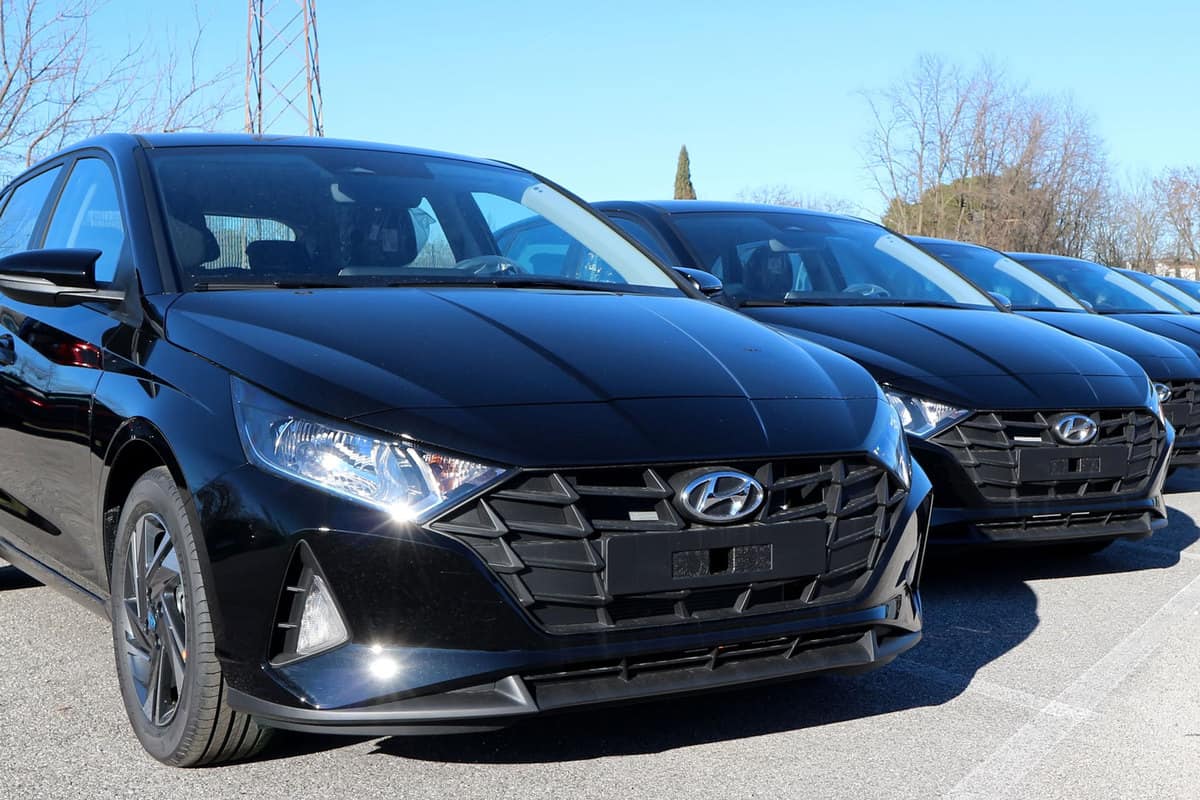
The Hyundai i20 is a supermini hatchback that was never released in the US. It replaced the Hyundai Getz and debuted in the Paris Motor Show in 2008.
In most markets where the Hyundai i20 is not available, the Hyundai Accent is sold instead. The Hyundai i20’s largest markets are in Europe and India.
The Hyundai i20 started to offer the CVT transmission with the release of a facelifted version of its second-generation in 2018. It replaced the torque converter automatic transmission with a CVT transmission for the 1.2-liter Kappa MPi gasoline engine variants.
The new engine can produce 81 hp at 6,000 rpm and 85 lb-ft of torque at 4,000 rpm.
Hyundai Kona
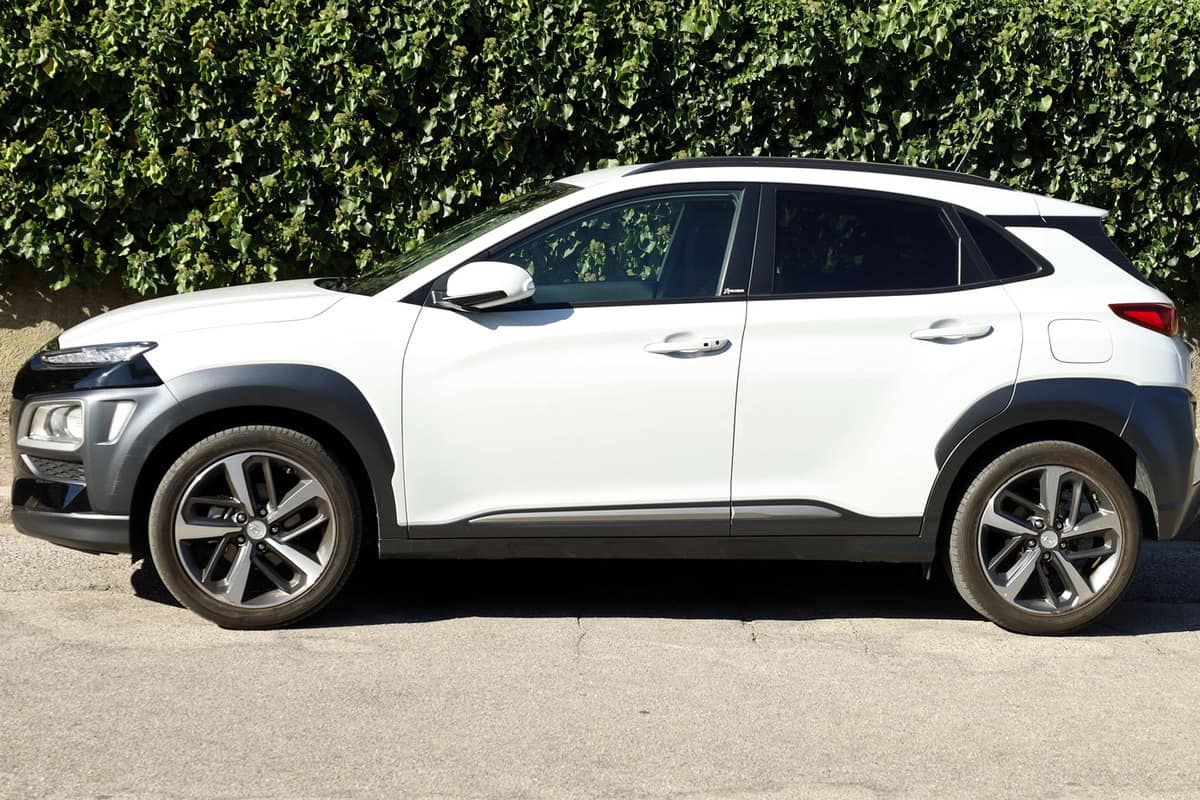
The Hyundai Kona is a subcompact crossover SUV. It was initially released in 2017. It has two model versions—the standard model and the Hyundai Kona N.
The Hyundai Kona N is Hyundai’s first high-performance SUV. It was first released in 2022. Since it is marketed as a high-performance SUV model, the Hyundai Kona never offered a CVT transmission.
Hyundai Kona first shifted to the CVT transmission in 2022. It was the only transmission available for Hyundai Kona SE and Hyundai Kona SEL.
Similar to the Hyundai Elantra trims that offered CVT, the CVT transmission in Hyundai Kona was paired with a 2.0-liter inline-4 gasoline engine that generated 147 hp at 6,200 rpm and 132 lb-ft of torque at 4,500 rpm.
Hyundai Venue
Hyundai Venue is a subcompact crossover SUV that was derived from Hyundai Accent’s platform. According to Motor 1, Hyundai Venue is the smallest Hyundai SUV available in the US. The Hyundai Casper is smaller, but it is not sold in the US market.
The Hyundai Venue offered a CVT transmission paired with a 1.6-liter Inline-4 gasoline engine on all three of its trims since it was first introduced in US markets in 2020.
The engine can produce up to 121 hp at 6,300 rpm and 113 lbf-ft of torque at 4,500 rpm.
What transmission does Hyundai Tucson have?
Hyundai Tucson is a compact crossover SUV. It had a 6-speed shiftable automatic transmission available in 2021. This transmission can be paired with a 2.0-liter inline-4 gasoline engine that can produce 161 hp at 6,200 rpm and 150 lb-ft of torque at 4,700 rpm.
Optionally, the transmission can be paired with a 2.4-liter inline-4 gasoline engine that can produce 181 hp at 6,000 rpm and 175 lb-ft of torque at 4,000 rpm.
Starting in 2022, Hyundai Tucson upgraded its transmission to an 8-speed automatic transmission paired with a new single engine option for all trims except for Hyundai Tucson Hybrid Blue. The 2.5-liter inline-4 gasoline engine can generate 187 hp at 6,100 rpm and 178 lb-ft of torque at 4,000 rpm.
The Hyundai Tucson Hybrid Blue is equipped with a 6-speed automatic transmission paired with a 1.6-liter Turbo inline-4 Hybrid engine that can generate 226 hp at 5500 rpm and 258 lb-ft of torque at 1,500 rpm.
Conclusion
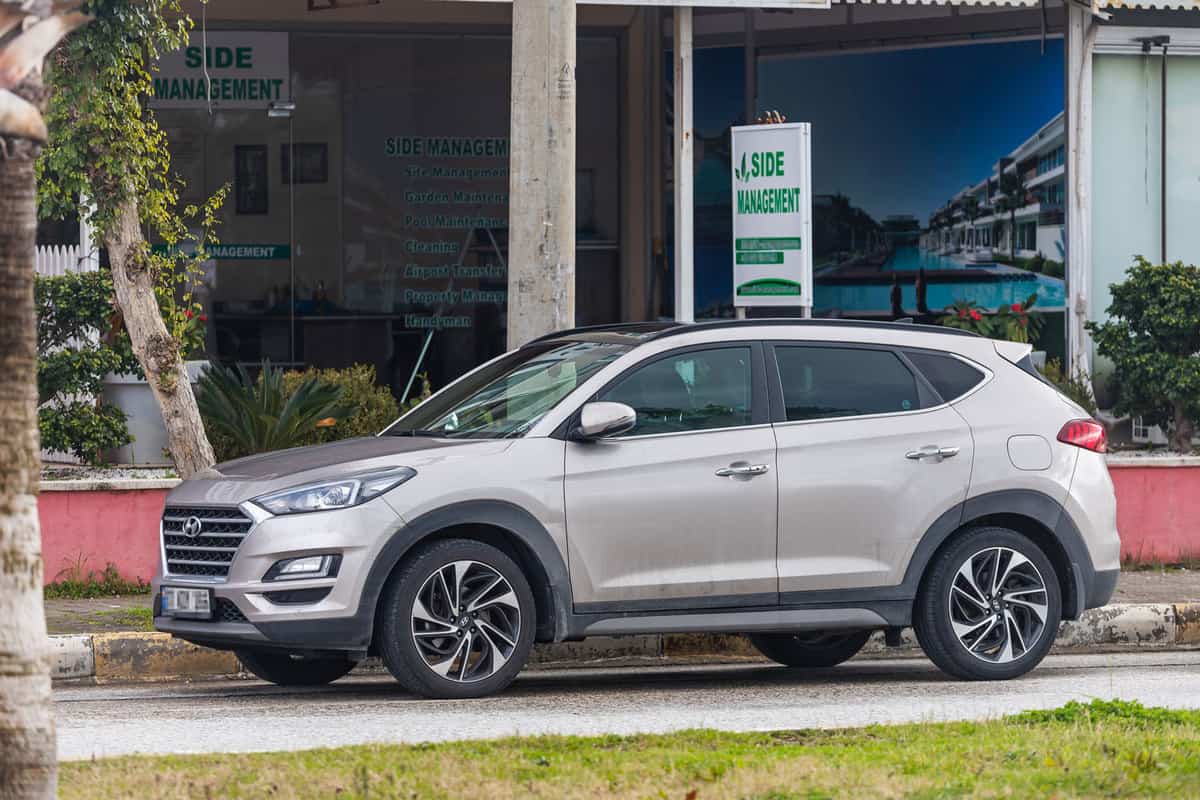
Instead of a CVT transmission, the Hyundai Tucson uses an 8-speed automatic transmission partnered with its new engine. The Hyundai vehicles with CVT are Hyundai Accent, Hyundai Creta, Hyundai Elantra, Hyundai i20, Hyundai Kona, and Hyundai Venue.
As demonstrated by the Hyundai models on the list, CVT performs better when equipped on smaller cars or compact SUVs.
If you enjoyed reading this article, check out the other two articles below:
Does Hyundai Santa Fe Have All-Wheel Drive?
How Big Is A Hyundai Tucson? [And Will It Fit In Your Garage?
